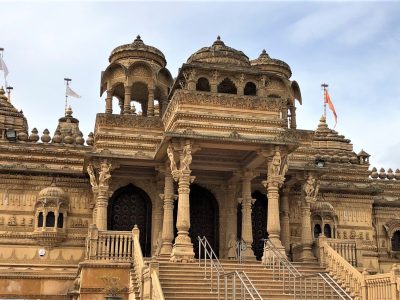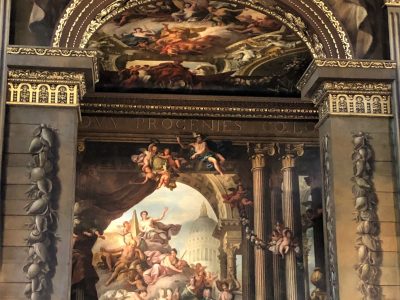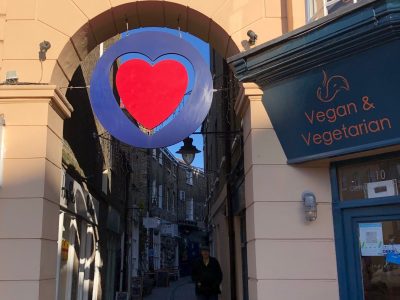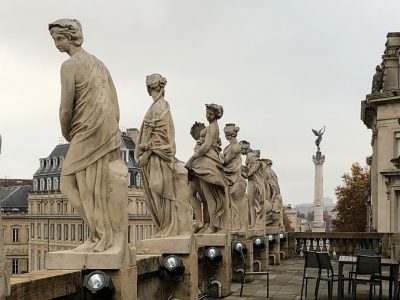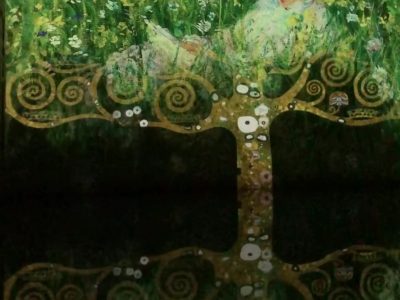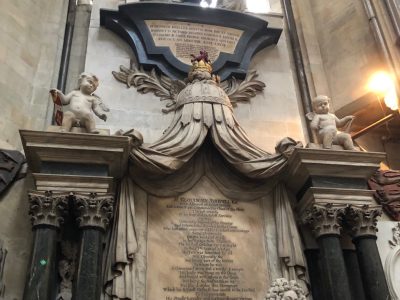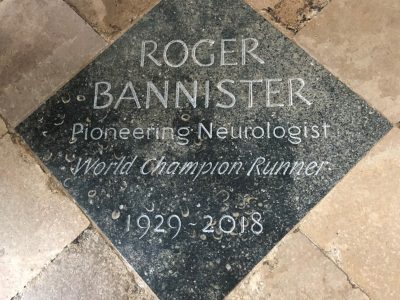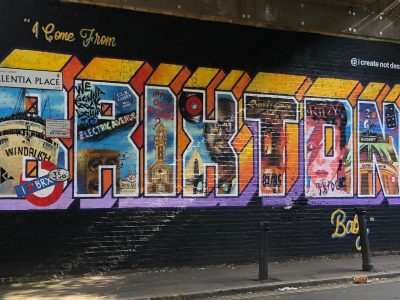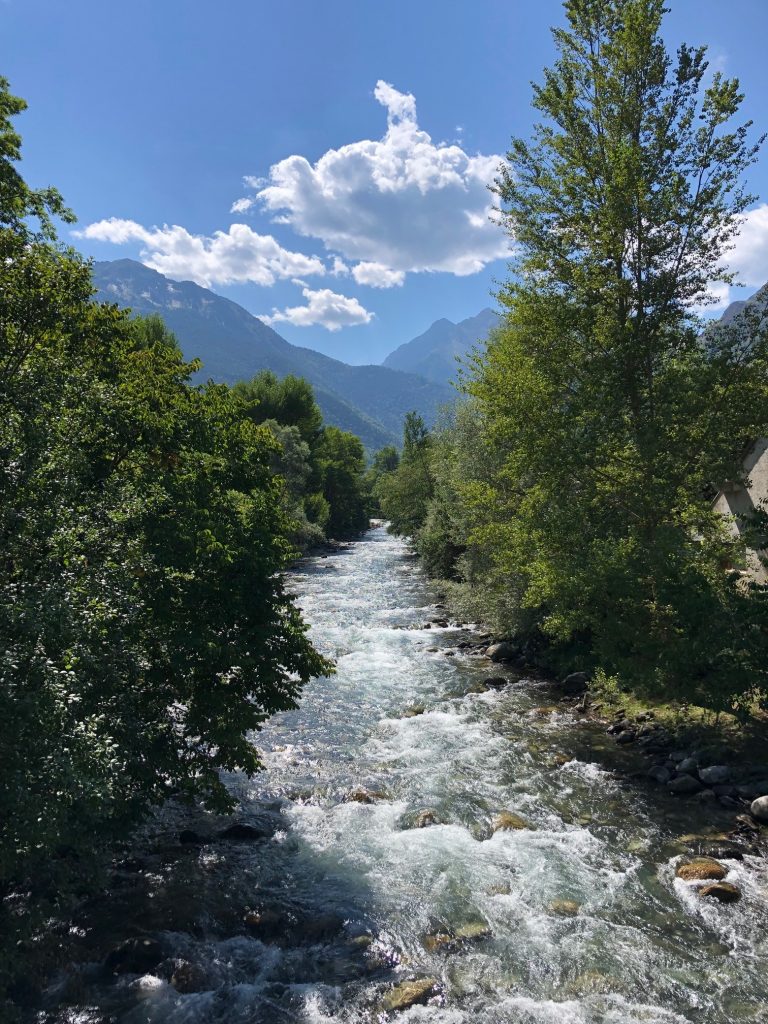
Two great caminos to Santiago de Compostela
This is the view south toward Spain from the village of Vielle Aure in the French Pyrenees. I am often visiting friends here and in neighbouring St Lary. Its a great place to ski in winter and walk in summer. The Valley Aure happens to be one of the many minor routes taken by medieval pilgrims visiting Santiago de Compostela.
Tracks through the Pyrenees
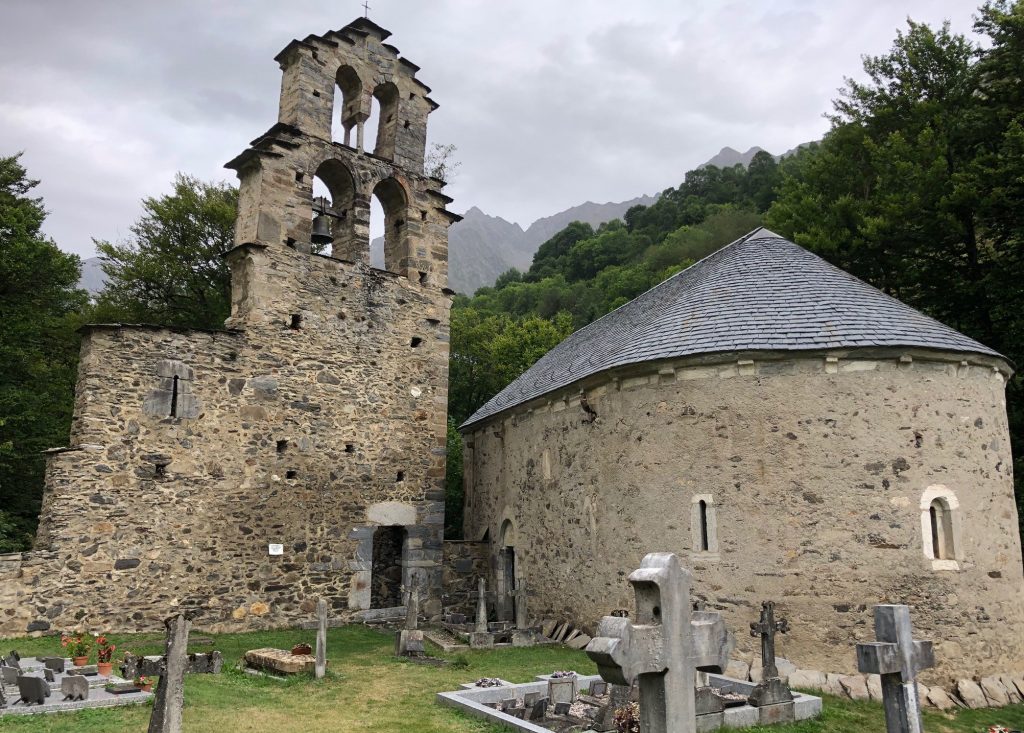
Further along the valley, just before the steep rise up to one of the passes into Spain is a chapel. It is known as the Chapelle des Templiers but that’s a misnomer because it has no connection to the Knights Templar. The C12th chapel was built by the monks order of St Jean and is dedicated to Notre Dame de l’Assomption. The wall with the bells next to it is all that is left of a hospice built at the same time to shelter pilgrims.
The map below shows several departure points from England to France. Those leaving London would have crossed the river Thames on London Bridge, the only bridge in those days. They walked to the south coast, possibly visiting England’s very own pilgrim centre, Canterbury on the way.
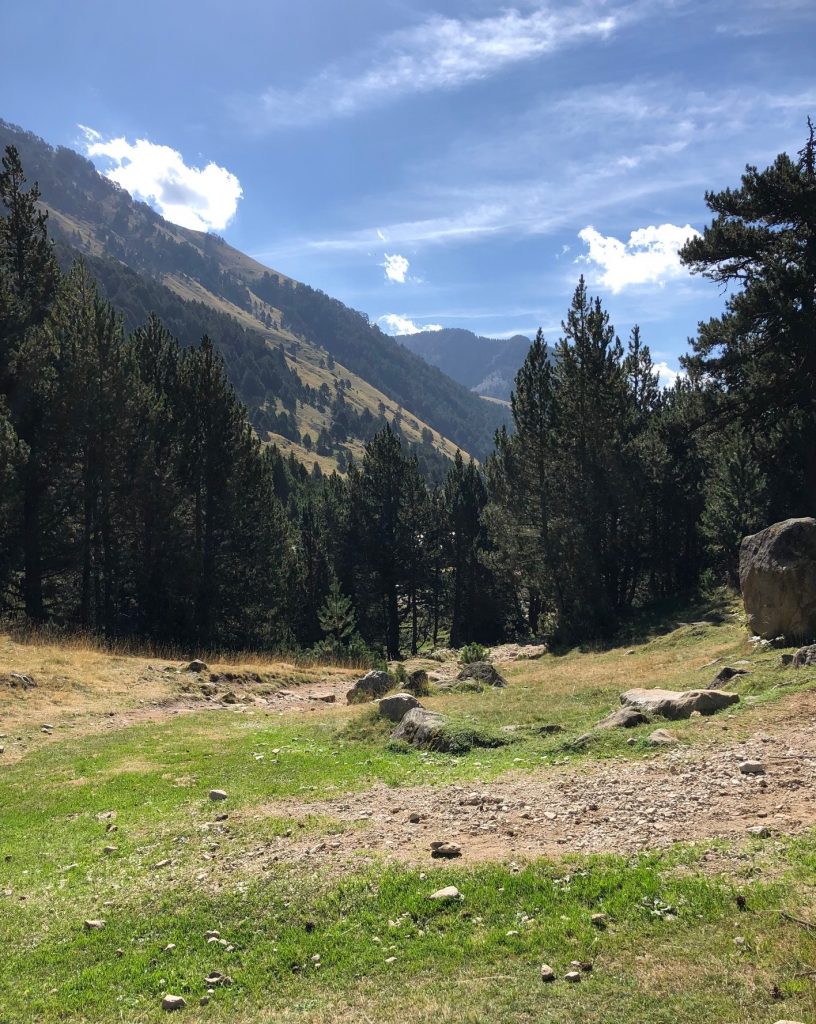
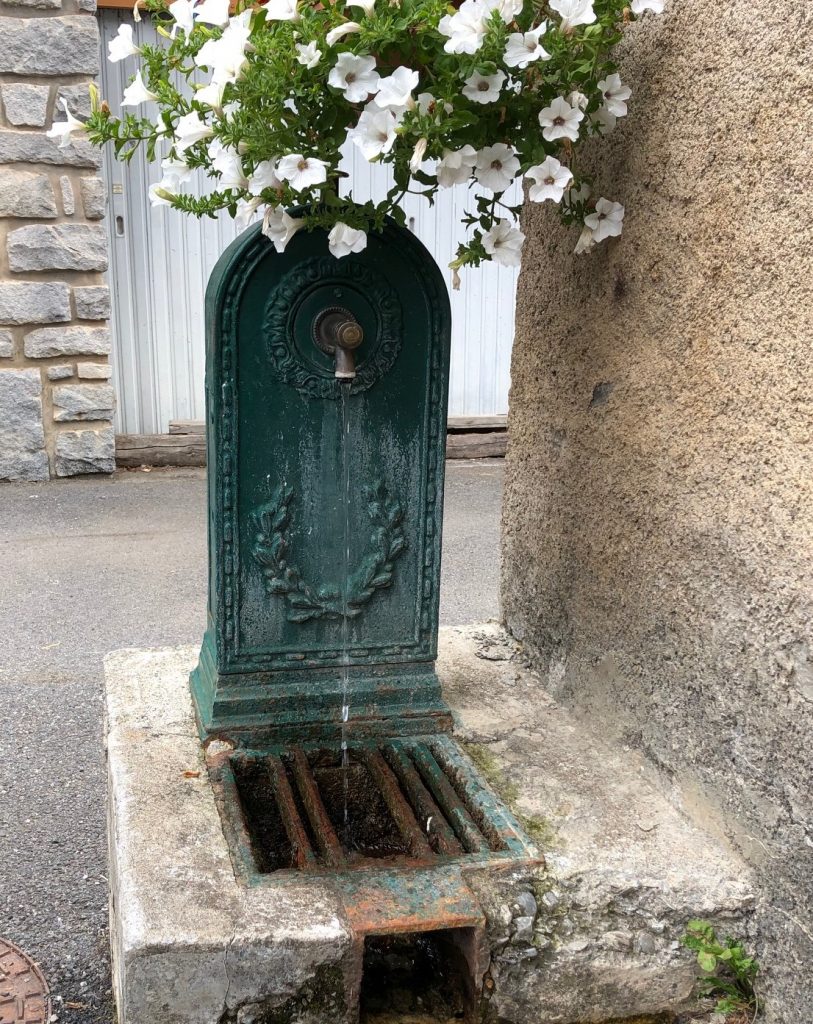
As well as the four main routes (in blue) shown on the map, there were several smaller tracks across the Pyrenees including the one that ran through the Vallée d’Aure. This is where I used to live and where I learnt to speak French.

The Bordeaux route
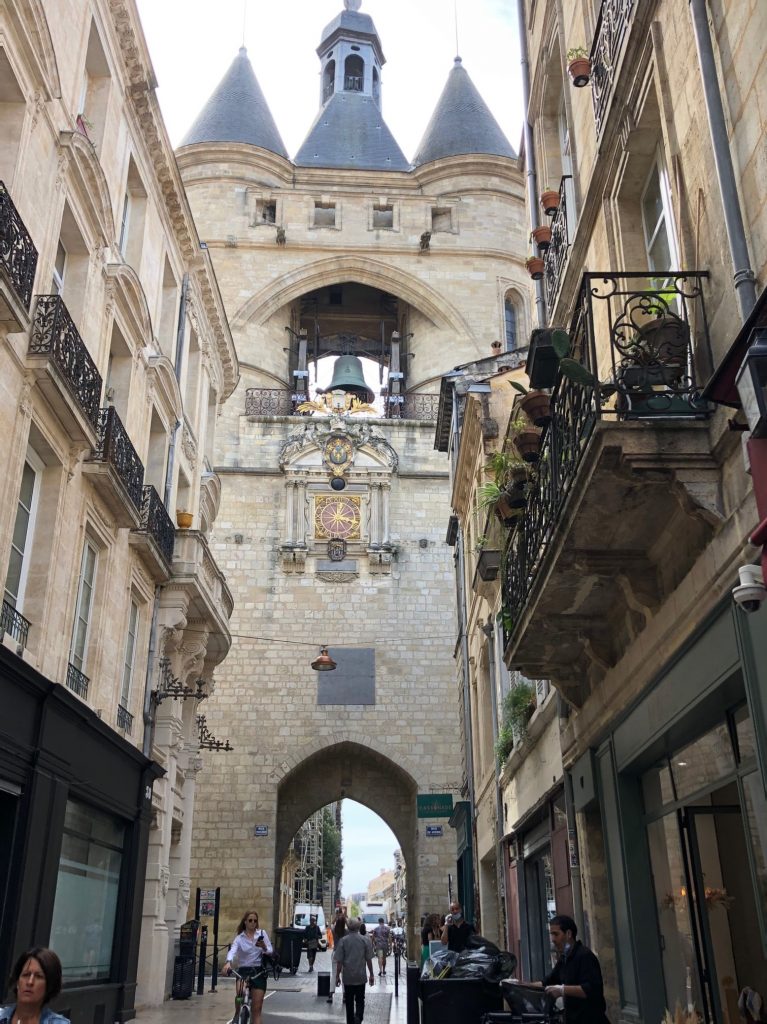
One of the main routes went through Bordeaux. Rue St James (pronounced locally as San Jamm) gets its name because it was used by the pilgrims. It leads to a city gate, the Grosse Cloche. Outside the gate there were monasteries where pilgrims could spend the night and pray. Places near Bordeaux with links to saints became stopping points on the journey. St Emilion which is now better know for its wine, was visited by pilgrims wanting to pray at the site of his hermitage.
My photo of the Grosse Cloche gate is taken from rue St James in Bordeaux. The pilgrim route through the town is marked today by round bronze plaques. The plaques have stars at the top for Compostela. The name is derived from the Latin for field – campo and stars – stella.
Underneath are wavy lines to represent the river Garonne and the three half moons are for the port of Bordeaux. It is known as the Port de la Lune because of the shape of the river bank here. At the bottom is a stylised scallop shell – a coquille St Jacques.
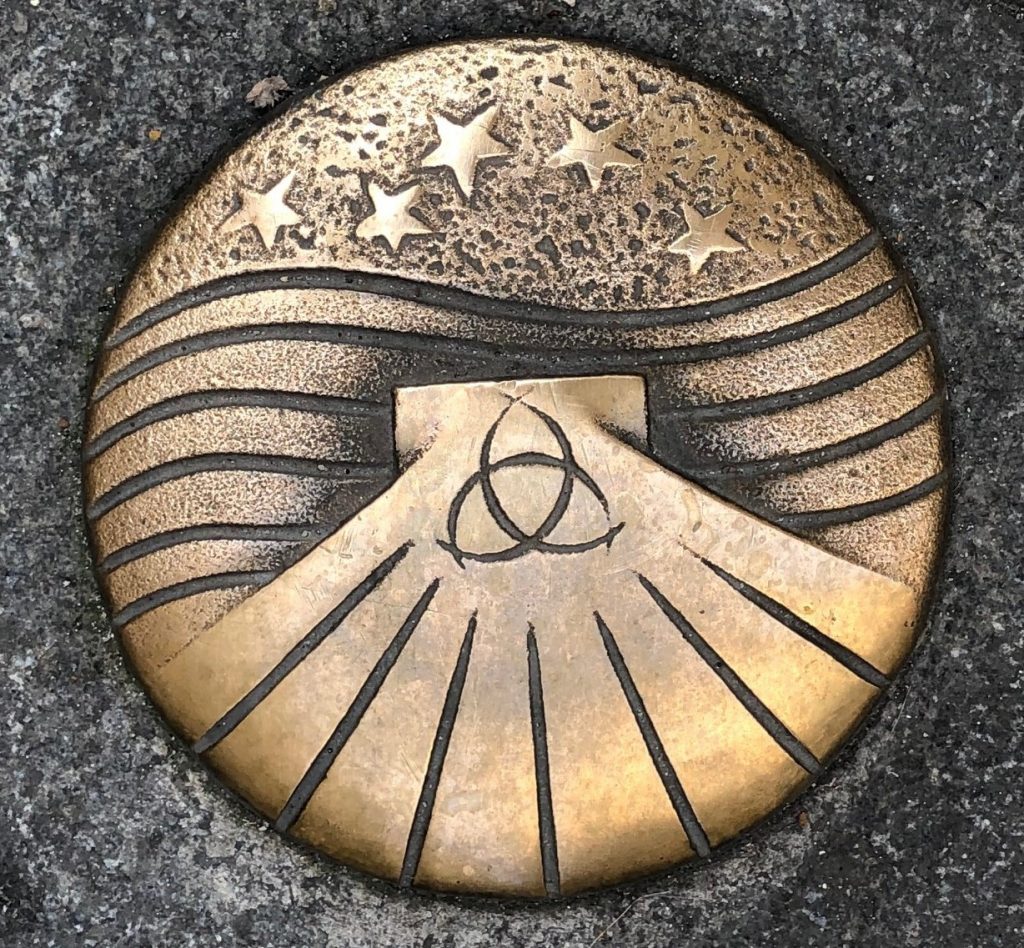
The story of Compostella
The story begins in 813 when a bright star was said to have guided shepherds to a field where a body was buried. They believed it was the body of St James. The legend was passed by word of mouth and a cathedral was built on the site.
Much of Spain was occupied by the Moors at the time. They were north Africans who arrived in from the south in 711 and conquered Spain and Portugal. They stayed for centuries in southern Spain but not very long in the north. By 720s they were beginning to be pushed back from the Pyrenees and the northwest . Santiago de Compostela is in this area.
Spain was dangerous. Both Moors and Vikings raided. Although local people visited the cathedral in Santiago but it did not become a major pilgrimage site until around 1140 when a book called the Codus Calixtinus was written. This book says that St James preached in Galicia and his body was brought back for burial by his followers after his death.
Pilgrims wore a cape and a hat with a shell decoration, which is shy scallops are called coquilles St Jacques in France. The shell could be used as a plate. They carried a walking stick and a gourd of water.
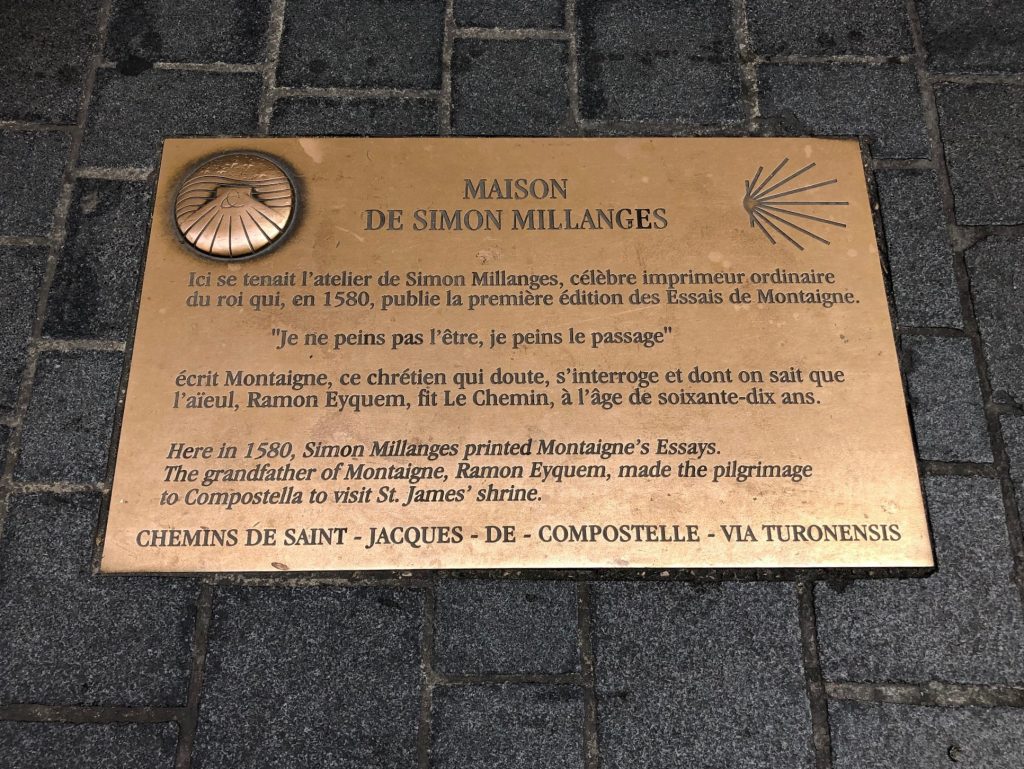
This last photo is of a plaque on the ground in the rue St James more or less where I stood to photograph the Grosse Cloche gate. This part of town was where most of the merchants, businessmen and politicians lived during the 1500s. Among them was the philosopher Michel de Montaigne who wrote essays on life and how to live it. The plaque says his publisher, Simon Millanges had his printing shop here.
For more about my tours in Bordeaux TAP HERE
For more about my tours in London TAP HERE
